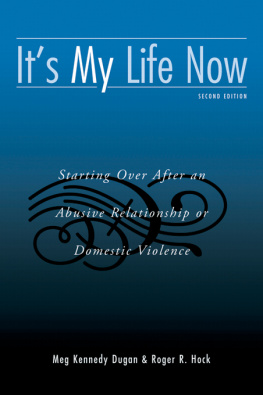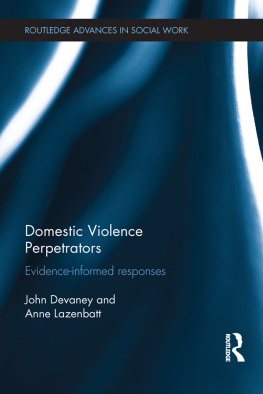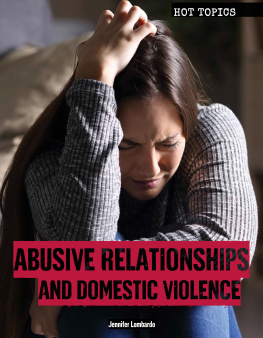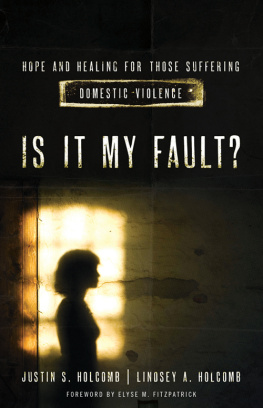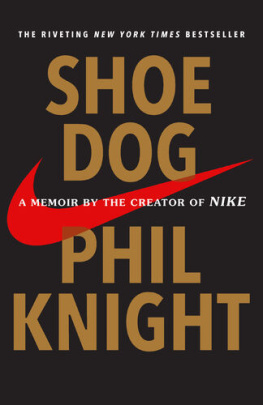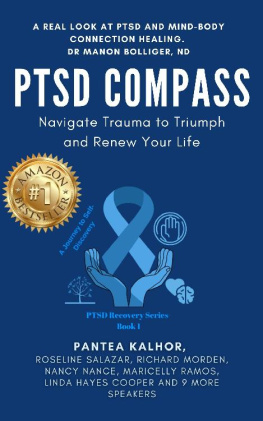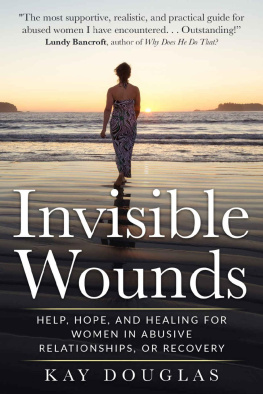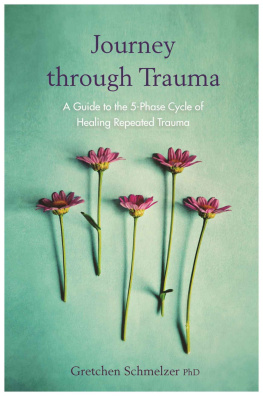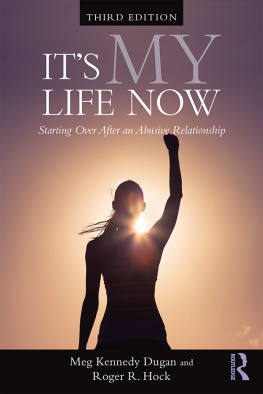
Its My Life Now
SECOND EDITION
Its My Life Now
SECOND EDITION
Starting Over After an
Abusive Relationship or
Domestic Violence
Meg Kennedy Dugan & Roger R. Hock

Published in 2006 by
Routledge
Taylor & Francis Group
270 Madison Avenue
New York, NY 10016
Published in Great Britain by
Routledge
Taylor & Francis Group
2 Park Square
Milton Park, Abingdon
Oxon OX14 4RN
2006 by Meg Kennedy Dugan and Roger R. Hock
Routledge is an imprint of Taylor & Francis Group
Printed in the United States of America on acid-free paper
10 9 8 7 6 5 4 3 2 1
International Standard Book Number-10: 0-415-95325-1 (Softcover)
International Standard Book Number-13: 978-0-415-95325-2 (Softcover)
Library of Congress Card Number 2005030193
No part of this book may be reprinted, reproduced, transmitted, or utilized in any form by any electronic, mechanical, or other means, now known or hereafter invented, including photocopying, microfilming, and recording, or in any information storage or retrieval system, without written permission from the publishers.
Trademark Notice: Product or corporate names may be trademarks or registered trademarks, and are used only for identification and explanation without intent to infringe.
Library of Congress Cataloging-in-Publication Data
Dugan, Meg Kennedy.
Its my life now : starting over after an abusive relationship or domestic violence / Meg Kennedy Dugan, Roger R Hock.-- 2nd ed.
p. cm.
Includes bibliographical references and index.
ISBN 0-415-95325-1 (pb : alk. paper)
1. Abused women--Life skills guides. 2. Separation (Psychology) 3. Single women--Life skills guides. I. Hock, Roger R., 1948- II. Title.
HV6626.D84 2006
362.82924--dc22
2005030193

Visit the Taylor & Francis Web site at
http://www.taylorandfrancis.com
and the Routledge Web site at
http://www.routledge-ny.com
Dedication
For our loving, supportive, and patient spouses, David S. Dugan and Diane Perin Hock.
This book is also dedicated to survivors of relationship abuse and domestic violence who are, or will be, on the path toward healing.
Contents
Acknowledgments
Many thanks to George Zimmar, publishing director at Routledge, for his support and encouragement on this project. We would also like to thank Patricia Connolly and Takisha Jackson for their talented and expert manuscript editing.
Meg Kennedy Dugan extends her deepest gratitude and her personal appreciation to her family for their continued love, support, and guidance. Roger Hock expresses his heartfelt thanks to Diane Perin Hock and Caroline Hock who lovingly and unselfishly endured the necessity of a temporary decrease in their treasured time together as a family during the writing and preparation of this book.
Introduction
T his book is for survivors who have recently left abusive relationships. It is a guide to help you through your transition to a new life, a life free of abuse, violence, and fear. This can be an exciting time for you; yet, as you know, it is also a period of readjustment, insecurity, anger, confusion, self-doubt, and, often, scary reentry into a new world. These feelings may emerge immediately after the relationship, or they may take months or years to surface.
Most books, articles, and other sources of information about domestic violence focus on the abusive relationship itself: how to know if you are in one, why people stay in violent relationships, why you should leave, how to get out, and so on. Rarely is adequate consideration given to what many see as one of the most critical times for a survivor of an abusive relationship: the time after the survivor leaves.
Not all abuse is perpetrated by men against women in heterosexual relationships. Unfortunately, women sometimes abuse men, and abuse and violence also occur in gay, lesbian, and transgender relationships (these instances of abuse are specifically discussed in this second edition in , Abuse of Men by Women, and Abuse in Gay, Lesbian, and Transgender Relationships). However, it is important to remember that abuse by men against women is the most common form of relationship violence. Consequently, this books primary focus is on women as victims and survivors. This in no way negates the horror of abuse in other partnership configurations. Anyone who has suffered from relationship abuse and domestic violence will find information throughout this book relevant and helpful.
Those who have never experienced an abusive or violent relationship often believe that once survivors find their way out, all difficulties are solved: life is good, they are safe, and recovery will be swift. But survivors soon learn that leaving in itself is not the end of the nightmare. It is the beginning of a difficult, yet fulfilling and rewarding journey toward healing and happiness. This book can serve as your guide.
We have divided the book into three time frames that are relevant to the healing process for survivors of abuse: ).
As you look back on your unhealthy relationship, your first step toward healing is acknowledging to yourself that you have indeed survived an abusive relationship. You may have no doubt that you were in an abusive or violent relationship. On the other hand, you may be hesitant to define your relationship in those terms. Now that you are out, feelings may be surfacing that tell you your relationship was much worse than just difficult. , Were You in an Abusive Relationship? assists you in reviewing the characteristics and behaviors of abusive relationships. It will help clarify the nature of your relationship and help you move forward.
The next step in your journey is ensuring your safety. As survivors of violent relationships know, abusers can be just as dangerous or pose an even greater threat after the relationship ends. , Are You Out of Danger Now? offers some guidelines for maximizing your level of personal safety. This is a crucial component in your process of emotional healing.
Its safe to say that an epidemic of domestic violence exists. So, why isnt more being done to reduce it? Only recently has this form of abuse received widespread attention from the media. , How Could This Have Happened? examines many of societys expectations for mens and womens roles in life and relationships, which, combined, have generated an unfortunate tolerance for relationship violence. Examining gender stereotypes may help you understand how these abusive practices could have existed and been overlooked for so long.
abuse are emotionally devastating experiences. If sexual abuse was part of the violence you experienced, you may experience an extra layer of pain and distress. You can get past this too, but some additional steps may be necessary.
Your current challenges begin with , How Could You Have Loved an Abuser? which discusses a confusing and often painful obstacle in your healing process: lingering feelings of love for your ex-partner. How is this possible? You were abused! Shouldnt this knowledge destroy any feelings of love or affection you may have once felt? Human emotions are not always clean and logical. In reality, many survivors of abusive and violent relationships continue to feel love for their partners after leaving. Discovering why you have these feelings and what they mean will empower you to move beyond them.
Next page
